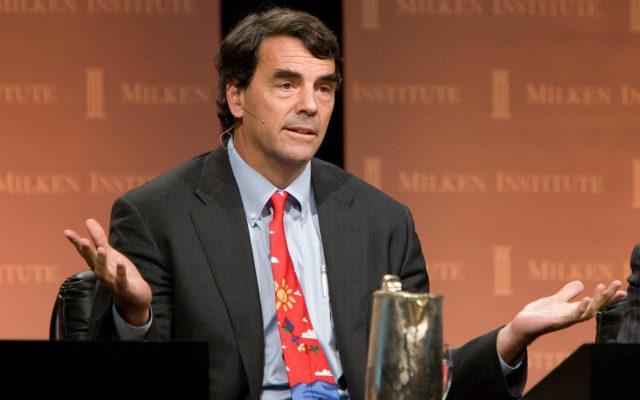American and European companies are rapidly distancing themselves from Russia after the invasion of Ukraine. One would imagine that would be a problem for major US banks, which have deep ties to companies around the world, including Russia. But that’s not true.
As investors wait to see what effect global sanctions will have on Russia’s economy and major US banks, they are probably better off watching Federal Reserve Chairman Jerome Powell, not Russian leader Vladimir Putin, to try to find out. what comes next.
Major US banks have some exposure to the Russian economy — but only about $15 billion, according to data from the Bank for International Settlements and the Wells Fargo Investment Institute. That’s less than 0.1% of total assets in the US banking system.
So Russia-related borrowing concerns are unlikely to give Powell a break from raising interest rates at next week’s Fed meeting. After all, there doesn’t seem to be any risk of a contagion from Russia spreading through the US banking system.
Financial companies in Italy, France and Austria have more exposure to Russia than the US – and their banking systems are not as big as American ones, so their risk related to Russia is higher. That’s one of the main reasons shares in Italy’s UniCredit and France’s Société Générale are down more than 35% in the past month.
Banks in Germany, the Netherlands and Switzerland – which also have smaller economies than the US – also have relatively high exposure to Russia, according to BIS and Wells data.
So investors at major US banks can breathe a little easier knowing that exposure to Russia is low — and that the Russia-Ukraine conflict is unlikely to change the Fed’s plans to gradually raise interest rates.
Banks will make more money on loans as rates rise, and Powell made it very clear in his congressional testimony last week that he supports a 0.25 percentage point hike at the Fed’s next meeting on March 15.
Traders are now pricing in an almost 100% chance that the Fed will do just that and keep raising rates throughout the year.
These rising expectations of rate hikes have lifted long-term bond yields — and bank stocks.
The Financial Select Sector SPDR Fund rose more than 4% on Wednesday. This exchange-traded fund counts JPMorgan Chase, Bank of America, Wells Fargo, Citigroup, Morgan Stanley and Goldman Sachs among its main holdings.
Two ETFs that own smaller regional banks that make even more money from mortgages and other consumer loans also rose on Wednesday.
What American Banks Are Concerned About
There is a potential dark cloud on the horizon, but it has nothing to do with Russia.
There are some concerns that banks could face a difficult road ahead if rising oil prices help create a dreaded stagflation scenario: the combination of a slowing economy due to runaway inflation.
“Higher energy prices, higher commodity prices and the prospect of slower economic growth due to lower spending put the Fed in trouble,” Gerald Sparrow, chief investment officer at Sparrow Capital Management, said in a recent note to clients. “The inflationary impact of these factors could be considerable.”
If the Fed is forced to raise rates more aggressively than currently expected to curb inflation, it could eventually push interest rates to levels that would be punishing for consumers and businesses looking to borrow money.
In other words, any advantage that banks would gain from higher rates, boosting loan profits, could be more than offset by the grim reality that demand for loans would likely dry up.
“The Fed has to deal with inflation. Banks are overvalued right now,” said David Wagner, portfolio manager at Aptus Capital Advisors. “They face a perfect storm of slowing economic growth and lower profits.”
Source: CNN Brasil
I am Sophia william, author of World Stock Market. I have a degree in journalism from the University of Missouri and I have worked as a reporter for several news websites. I have a passion for writing and informing people about the latest news and events happening in the world. I strive to be accurate and unbiased in my reporting, and I hope to provide readers with valuable information that they can use to make informed decisions.







